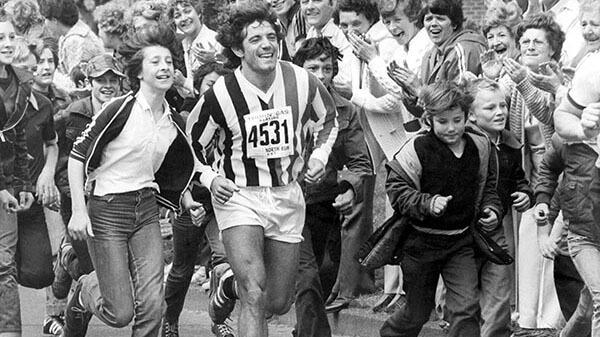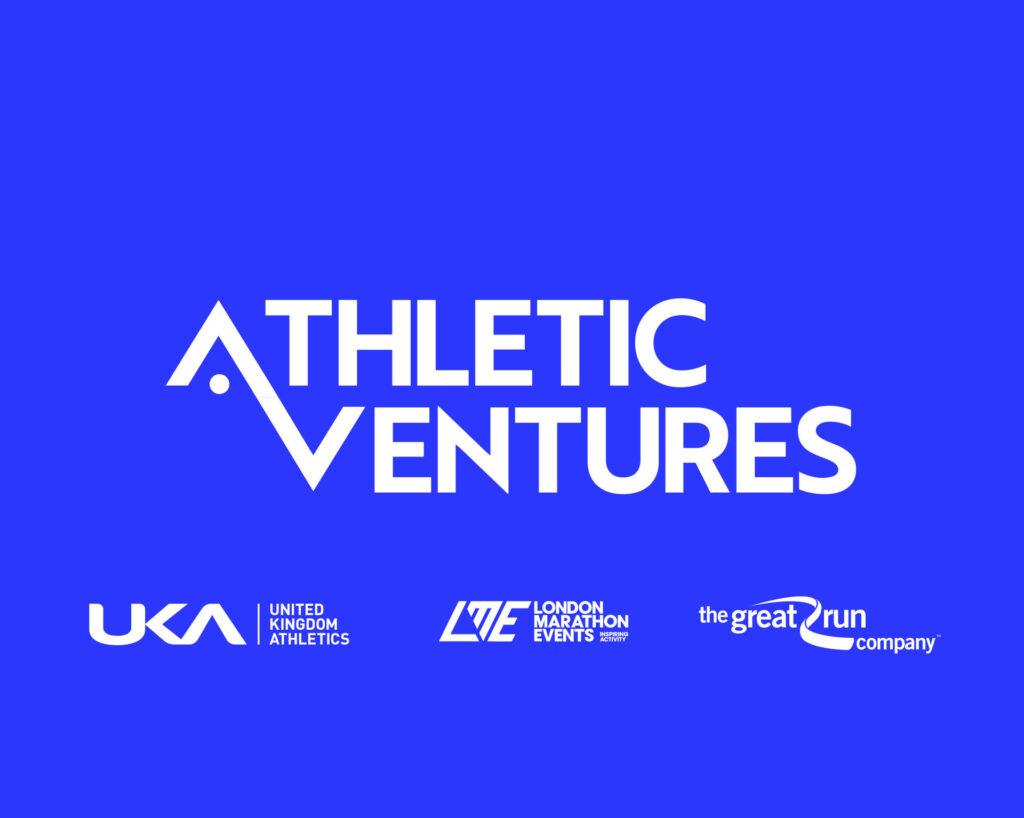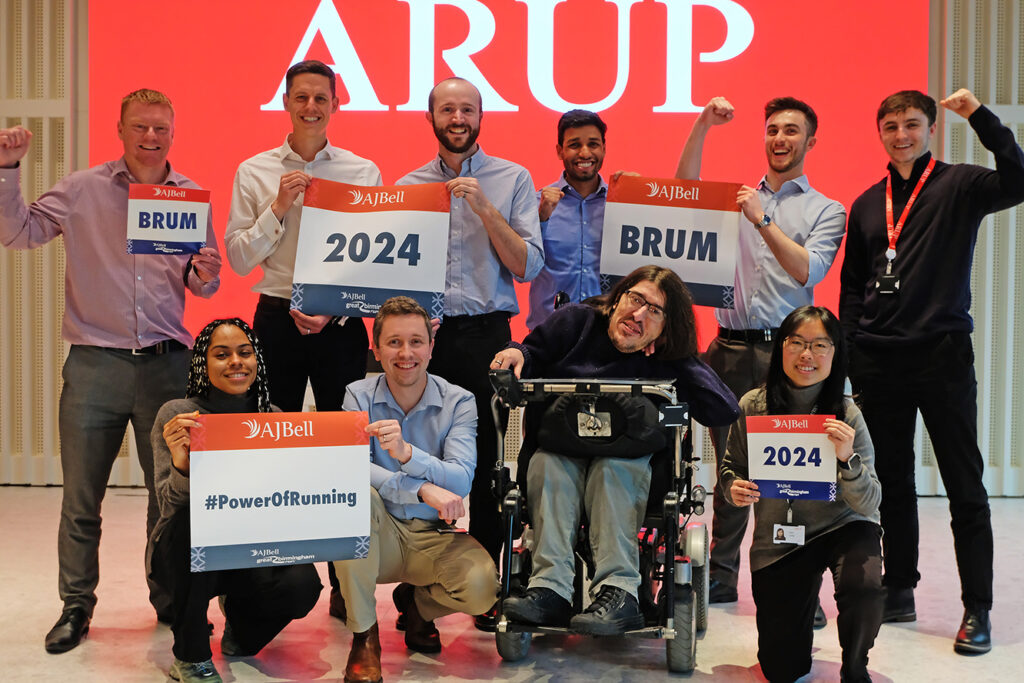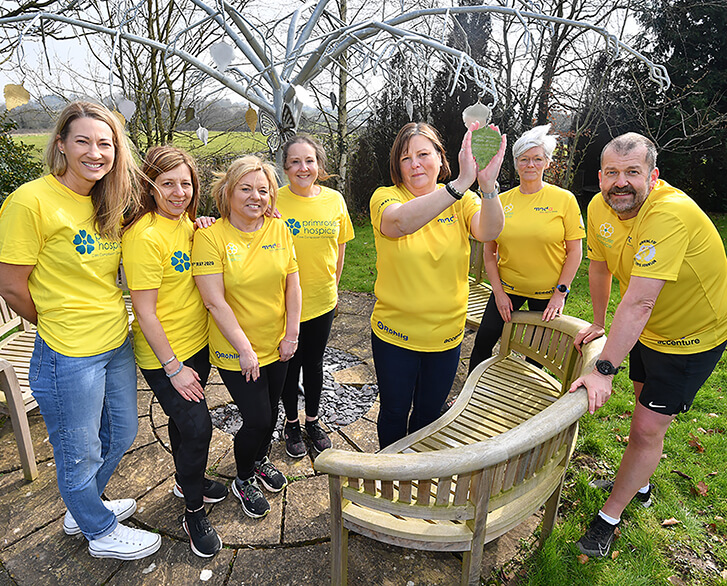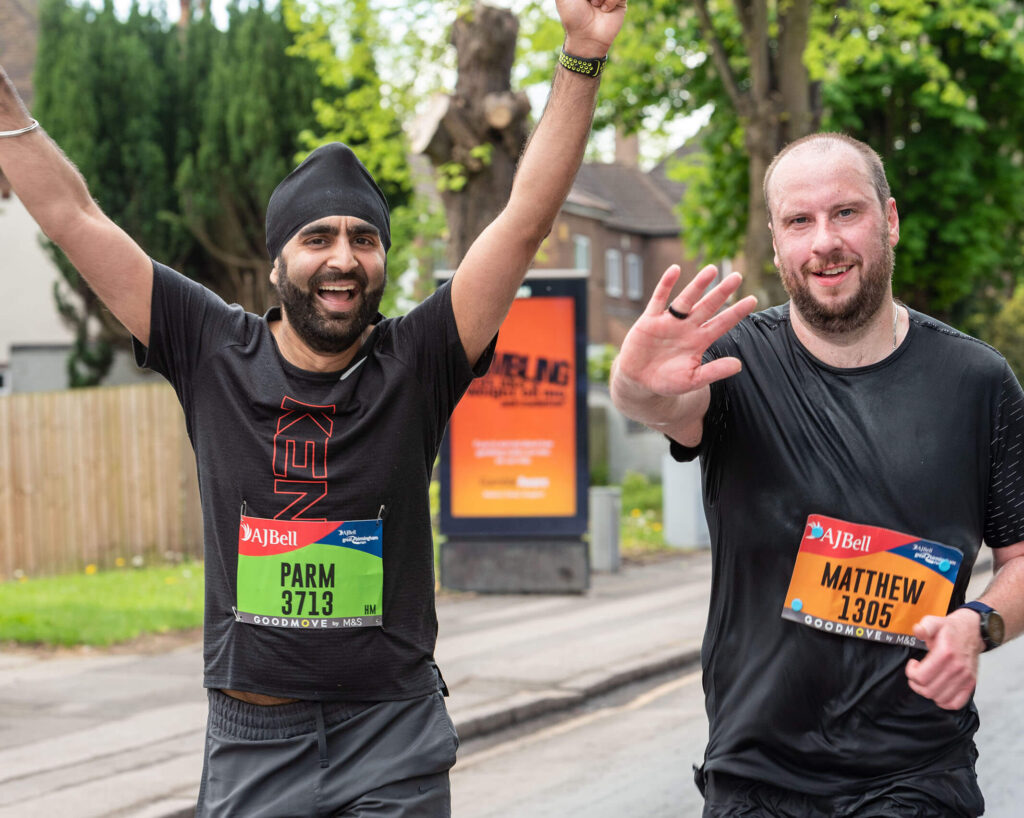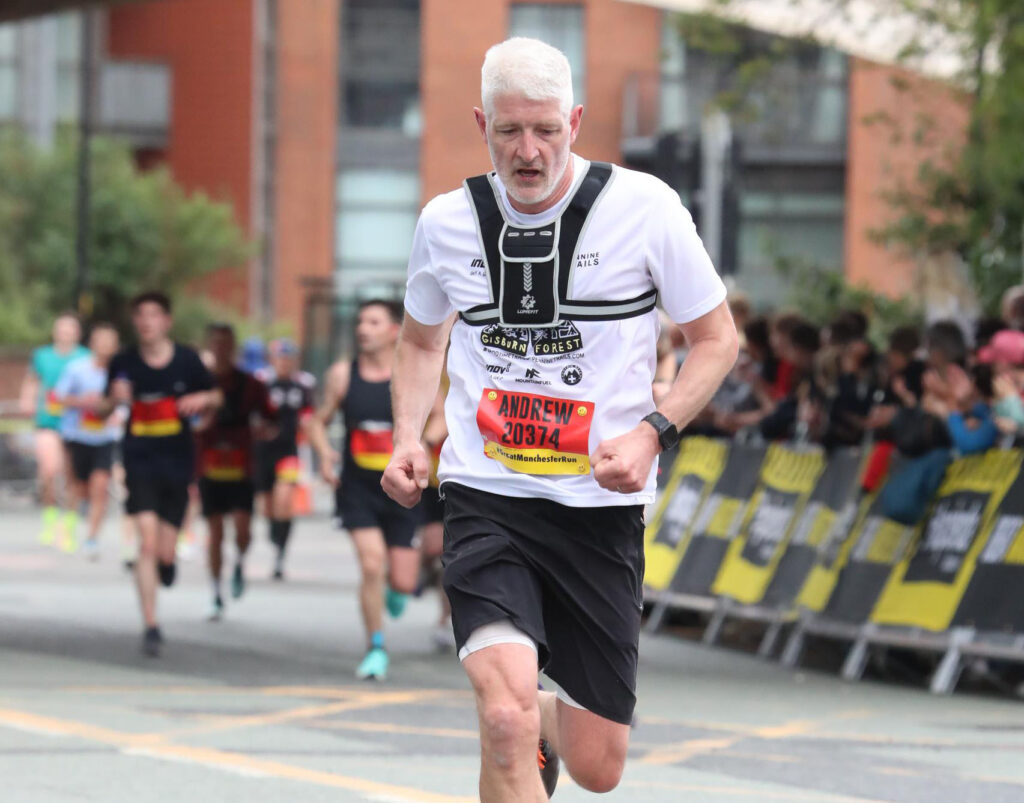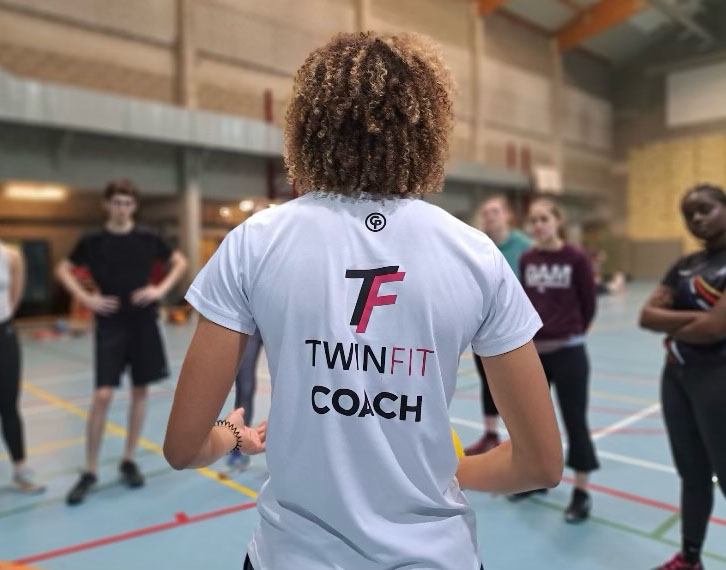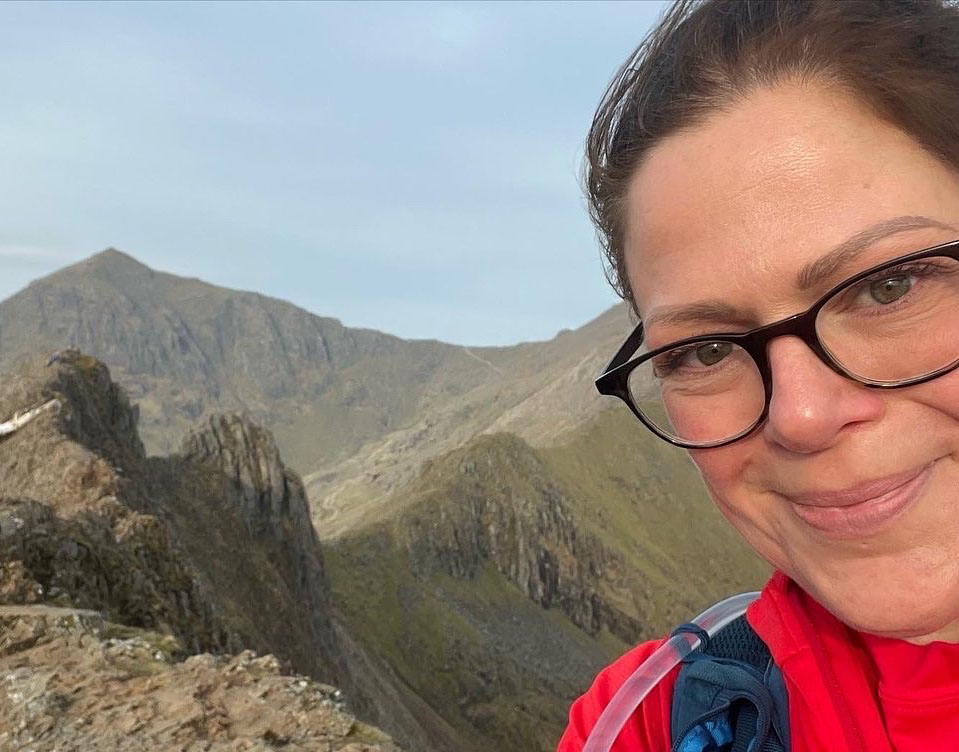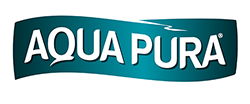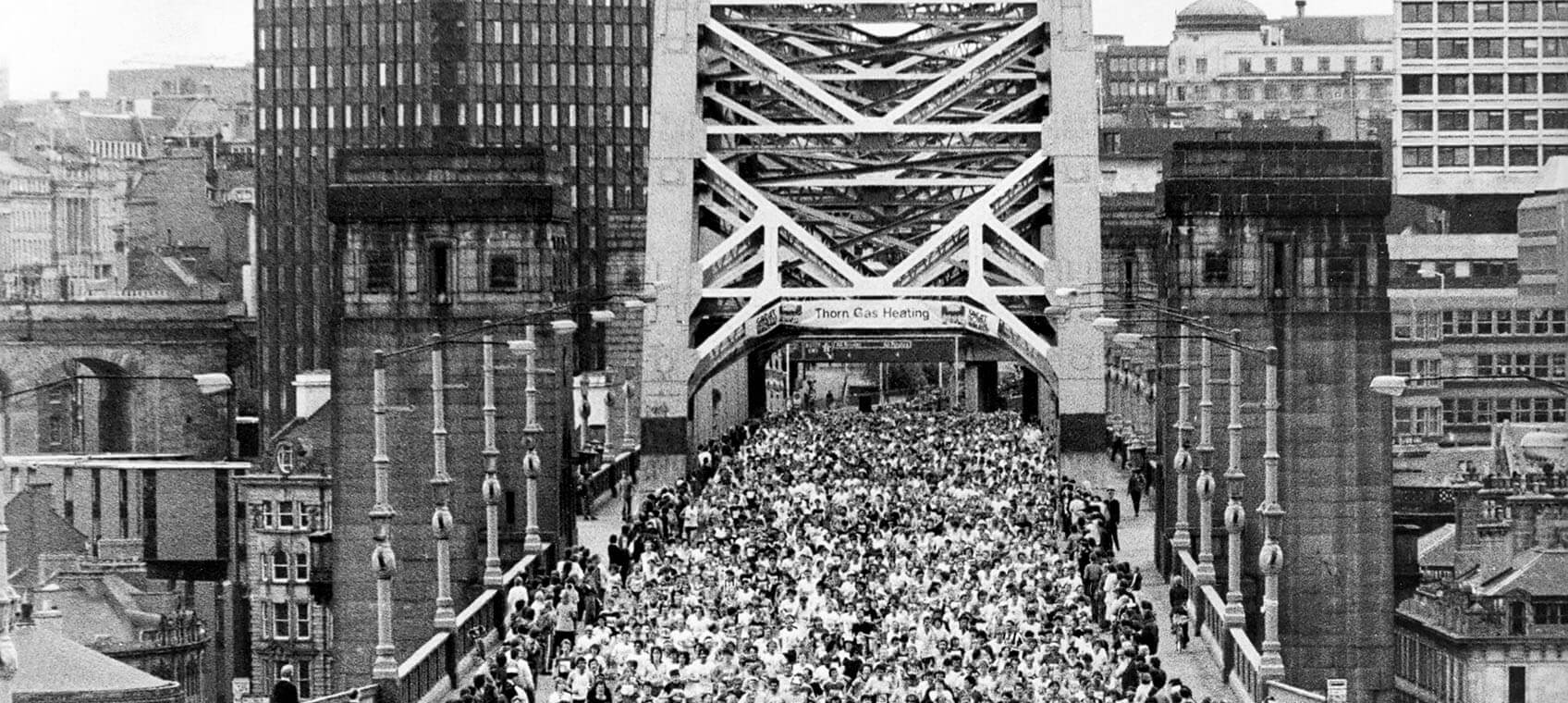
Things we take for GNRanted
Things were very different back in the 80s! It may seem surprising but back then recreational running outside of athletic clubs wasn’t hugely popular like it is now, and mass participation running events as we know them simply didn’t exist.
As we gear up for the 40th Great North Run, we thought we’d look back at the ‘good old days’ of 1981 and highlight just some of the things runners today take for granted!
Event Guide/Runner Information booklet
Prior to 1981 the biggest running event in the UK was about 1,300 people – the first Great North Run (28 June 1981) had 12,294 participants! Club runners were well versed with the workings of small events, but most entrants in the first ever GNR simply didn’t know what to expect from a running event, let alone how to prepare for it!
To help everyone be in the best possible shape on the start line, the event organisers created a comprehensive Runners Guide over 40 pages long, packed full of key but what we would today consider basic information. Things such as – Do visit the toilet before the run, Do come to the start ready changed, Don’t have a late night party the day before the race, Don’t wear tatty worn out kit, Don’t take on pints of water before the start, Don’t set off like a sprinter – all featured in the runner advice. These might sound obvious now, but it was new advice to most back then!
It was a first for the GNR event organisers too
With 39 hugely successful Great North Run events behind us, the Great Run team are some of the most experienced event organisers around, but there wasn’t a template to work to in 1981!
One great example that showcases this is that GNR founder, Sir Brendan Foster, wrote to the Chief Constable of the Northumberland Police Force to request permission to close the roads. The Chief Constable responded and said “they wouldn’t usually advise doing such a thing”, but didn’t give a yes or no answer either way. It later turned out that the Police aren’t responsible for closing the roads and therefore couldn’t say no, permission had to be sought elsewhere.
No online entry system
The entry process for the first Great North Run was a lot more arduous!
- The entry form could only be obtained in specific editions of The Chronicle newspaper.
- To enter people had to mail in a completed entry form including their entry fee, and a return stamped envelope enclosed.
- The organisers would then send their event entry packs using the stamped envelope
One funny story & very much a big learning from year one, was that the size of the return stamped envelope wasn’t stipulated, so people sent in envelopes of all every imaginable (and some unimaginable) size. In some cases it made it physically impossible to fit all items of the event entry packs inside.
Results process
Today’s runners are used to chip timing but that technology was unthinkable in 1981. The organisers did in fact draft in cutting edge technology for the time, but the process was so complicated & timely that it didn’t even start to be processed until the Monday! Nowadays runners expect near-on immediate results, but in comparison the official results of the first ever Great North Run were published in the local newspaper one week after the event, and split across four days! Runners had to buy each copy in hope of finding their name & time listed.
Running kit
Today running is seen as one of the most accessible recreational activities and sports, you just need simple sports kit and trainers. But back in 1981 running shoes weren’t really a thing. As such, thousands lined up on the Great North Run start line wearing ordinary shoes, plimsoles and in some cases ‘street shoes’. Famously, Kevin Keegan, the England football captain at the time, wore his football trainers and was suffering so badly with blisters that at mile 10 he stopped and swapped shoes with a young lad who was supporting on the side of the course.
One other notable difference is that in 1981 people’s running kit was largely black & grey… these days we’re blessed with a rainbow of colours to choose from.
Radio silence
Mobile phones, handheld radios, even radio apps on smartphones exist to provide easy communication across the course, but these weren’t available in 1981.
The organisers did enlist support from The Royal Signals regiment, who set up sentry posts to provide some level of communication between the start and finish, but messages could only be transmitted through one Signals soldier.
Messages between the start & finish were few and far between, after all 12,294 runners had set off, the start manager simply said: “I’m done, they’re all yours”. The Finish manager had no idea how many people were coming his way and afterwards when watching the TV highlights he said: “If I’d have seen pictures of that many people at the start, I’d have gone home!”
The 40th Great North Run will take place on 12 September 2021, 40 years on from the very first event on 28 June 1981. Find out more here.
